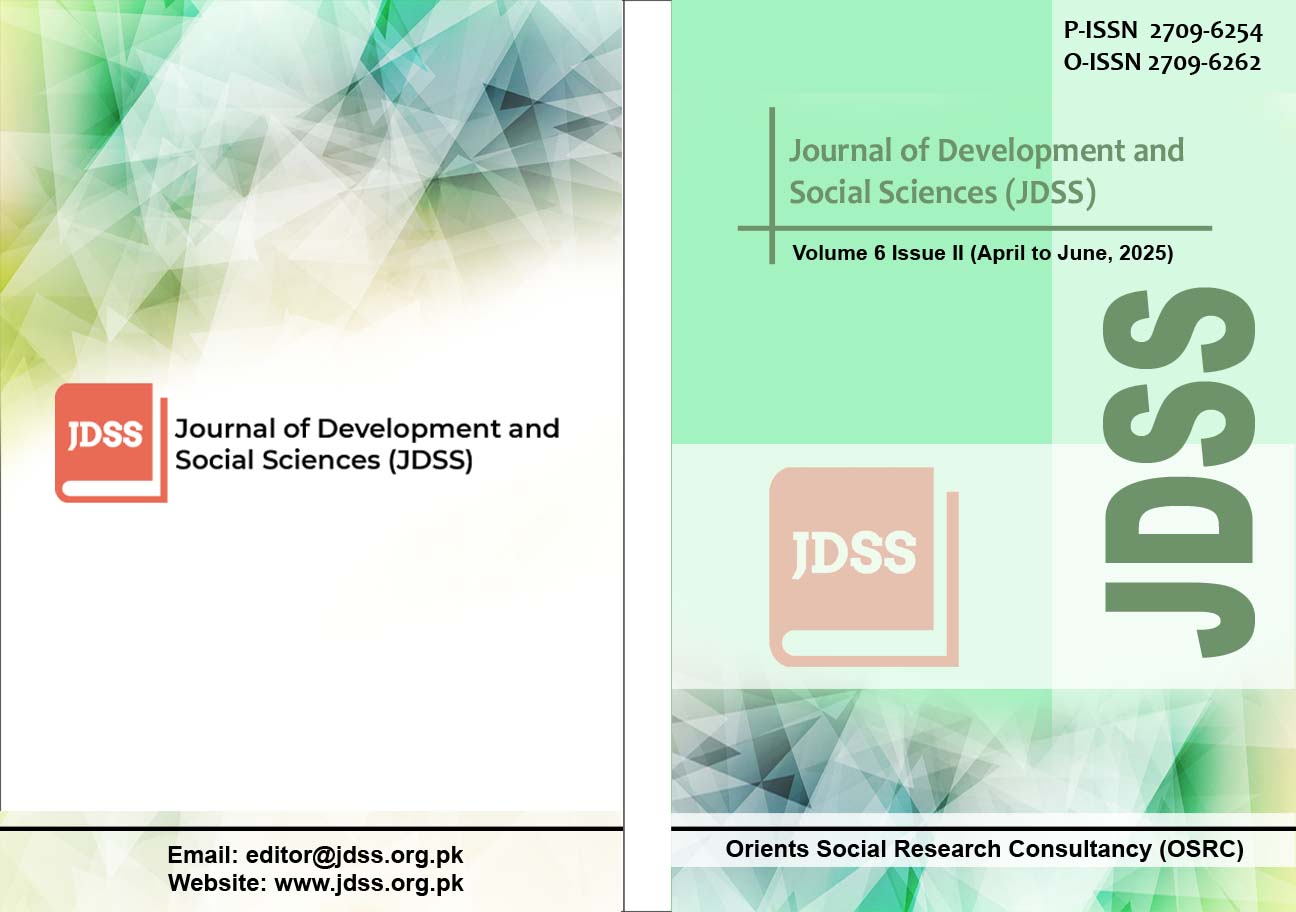Resolving Cross Border Construction Disputes: The Evolving Role of alternate Dispute Resolution
DOI:
https://doi.org/10.47205/jdss.2025(6-II)37Keywords:
Cross-Border Construction Disputes, Alternative Dispute Resolution, Arbitration, Mediation, Dispute Boards, Singapore Convention, Multi-Tier Dispute ClausesAbstract
This paper examines how ADR has become a critical tool in resolving international construction disputes. It analyzes ADR’s transformation from a secondary option to a central strategy, emphasizing the impact of institutional frameworks, enforceability advancements, and technology. Cross-border construction projects face legal and cultural complexities. Traditional methods like litigation and arbitration present limitations—such as high costs, delays, lack of expertise, and enforcement challenges—prompting a shift toward flexible ADR methods like mediation, conciliation, and dispute boards. A doctrinal review of legal literature, institutional reports (UNCITRAL, ICC, FIDIC), and case law is used. Sources are scholarly and thematically analyzed. ADR techniques now supplement or precede litigation and arbitration. Benefits include flexibility, expertise, cost savings, and enforceability (e.g., Singapore Convention). Challenges include uneven recognition and need for skilled neutrals. It is recommended to promote ADR training, clear clauses, online platforms, and further research on ADR’s cross-border effectiveness.
Downloads
Published
Details
-
Abstract Views: 213
PDF Downloads: 180
How to Cite
Issue
Section
License
Copyright (c) 2025 Journal of Development and Social Sciences

This work is licensed under a Creative Commons Attribution-NonCommercial 4.0 International License.

ORIENTS SOCIAL RESEARCH CONSULTANCY (OSRC) & Journal of Development and Social Sciences (JDSS) adheres to Creative Commons Attribution-Non Commercial 4.0 International License. The authors submitting and publishing in JDSS agree to the copyright policy under creative common license 4.0 (Attribution-Non Commercial 4.0 International license). Under this license, the authors published in JDSS retain the copyright including publishing rights of their scholarly work and agree to let others remix, tweak, and build upon their work non-commercially. All other authors using the content of JDSS are required to cite author(s) and publisher in their work. Therefore, ORIENTS SOCIAL RESEARCH CONSULTANCY (OSRC) & Journal of Development and Social Sciences (JDSS) follow an Open Access Policy for copyright and licensing.







